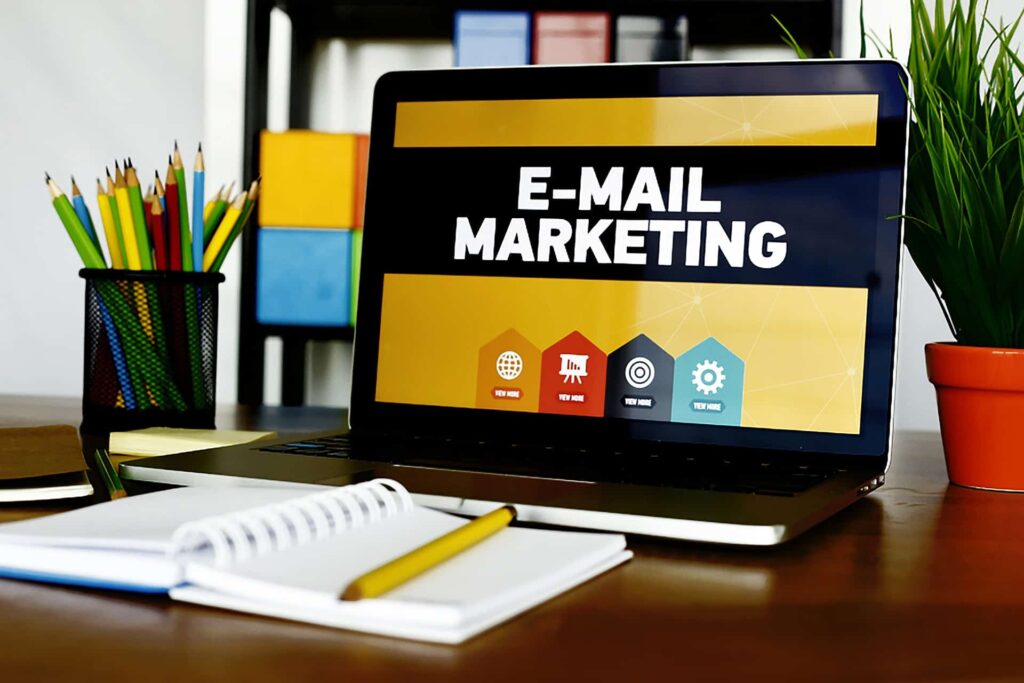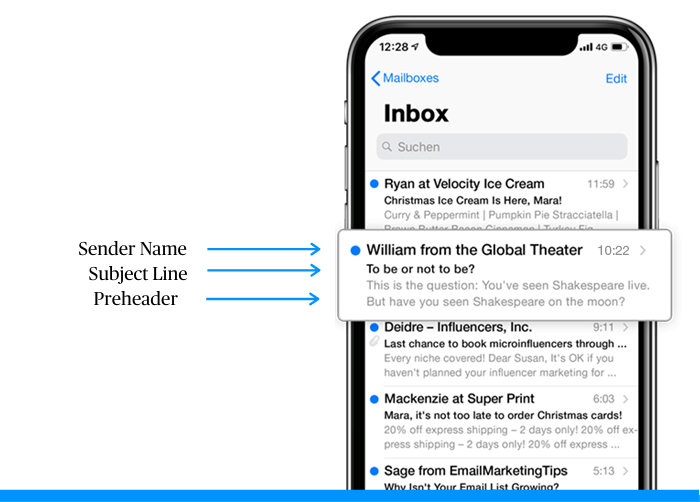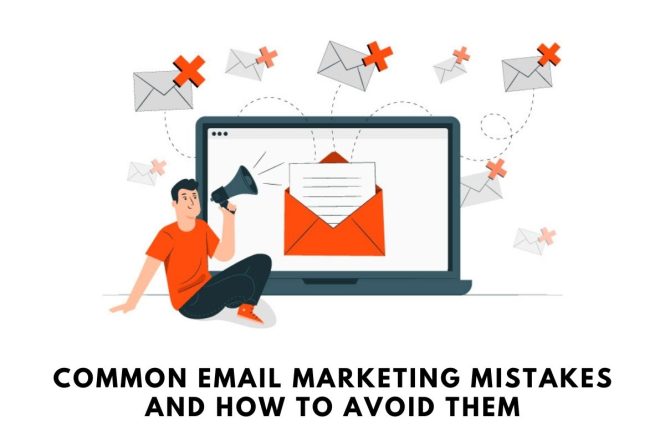




In the ever-evolving digital marketing landscape, email marketing has stood the test of time as one of the most powerful tools for businesses. Whether you’re a small startup or a large corporation, email marketing offers unparalleled benefits that can transform how you connect with your audience and drive results.
Here’s why email marketing is a must-have strategy for your business.
Email marketing is one of the most affordable ways to reach your target audience. Unlike traditional advertising, you don’t need a massive budget to launch an effective campaign. With as little as a few dollars a month, you can reach thousands of potential customers directly in their inbox.
For every $1 spent, email marketing generates an average ROI of $36, making it one of the most profitable marketing channels available. Its ability to drive conversions and build customer loyalty is unmatched.
Unlike social media platforms that rely on algorithms, email marketing allows you to communicate directly with your audience. Your message lands straight in their inbox, ensuring it reaches the right person at the right time.
Email marketing lets you tailor your messages to your audience’s preferences and behaviors. By segmenting your email list, you can send targeted content that resonates with different customer groups, increasing engagement and conversions.
Emails help you nurture relationships with your customers by delivering valuable content, updates, and offers. Consistent communication keeps your brand top-of-mind and fosters trust and loyalty.
Including links to your website in your emails encourages recipients to visit your site. Whether you’re promoting a new blog post, product, or service, email marketing is an excellent way to drive traffic and boost your online presence.
Email marketing campaigns, such as abandoned cart reminders, exclusive offers, or product launches, are proven to drive sales. Personalized and timely emails significantly improve the chances of turning subscribers into paying customers.
Email marketing platforms provide detailed analytics, such as open rates, click-through rates, and conversion rates. These insights help you measure the success of your campaigns and refine your strategy for better results.
Email marketing tools allow you to automate your campaigns, saving time and effort. Automated workflows, like welcome emails and follow-ups, keep your audience engaged without requiring constant manual input.
With most people checking emails on their mobile devices, email marketing ensures your brand remains accessible to customers on the go. Optimized email designs enhance user experience and engagement.
Every email you send is an opportunity to remind customers of your brand. Consistent, value-driven communication helps reinforce your brand identity and position you as an industry leader.
Whether you’re targeting hundreds or thousands of subscribers, email marketing scales easily with your business growth. As your audience expands, your email campaigns can evolve to meet their needs.
